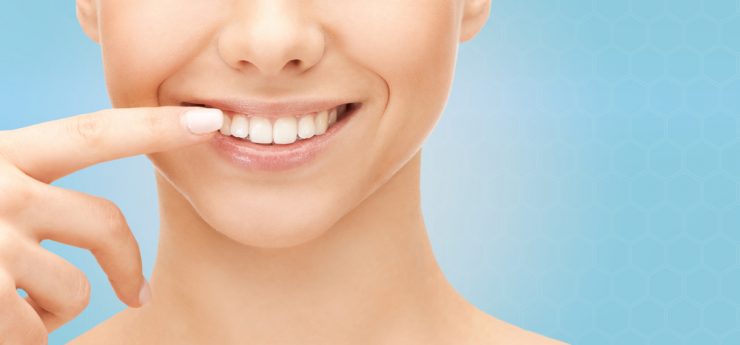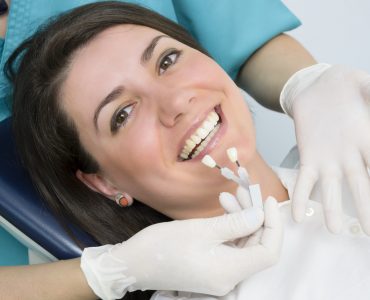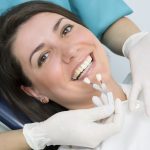It is a fugal infection caused by a fungus called candidasis. This is a common condition in babies under the age 2. It is common in children who are over 4 weeks; older kids can get it too. Some children can be affected by repeated infections. This condition is more common in people wearing dentures and generally adults. Some times these symptoms can be signs of other diseases.
Symptoms
This condition can start off with a white spot developed at the corner of the mouth or patches developed around the baby’s mouth. Some times the patches are yellow or cream in colour. They generally join together to form a plaque in advanced stages. These patches are seen in the baby’s gums, upper palate of the mouth and on the cheeks. When the patches are scrubbed they easily fall out leaving the region red and raw, sometimes with a little bit of bleeding. Though the patches don’t bother the baby initially, the baby might stop feeding if they become sore. Some infants may also drool out excessive saliva due to the oral thrush.
Causes
This condition is caused by yeast called Candida albicans, this is generally found in people who are healthy and causes no harm to them. The problem arises when the count of the fungus increases to more than what is necessary. This happens in case of babies, because their immune systems are not developed.
This condition is also common in premature babies, this is because:
Their immune system is not well developed yet and most of the antibodies from the mother were not passed yet. If the mother has been taking too many antibiotics, it can help the baby as well as the mother. Poor hygiene is not generally the cause for oral thrush in babies.
Diagnosis
Taking swabs does not help in oral thrush. The doctor examining the mouth for plaques and patches are the only way of diagnosing.
Treatment
Mild patches that develop on the baby’s mouth sometimes clear up by themselves without any treatment. The doctors might prescribe an antifungal medicine known as miconazole which works by destroying the fungus in the mouth of the baby. The dosage varies with person to person with age. It the condition still exists after seven days it is advisable to get it checked thoroughly again. If the baby can not consume miconazole, nystatin is prescribed.
Methods to use a gel
The gel needs to be smeared on to the baby’s mouth with a clean finger, this should not be applied in large quantities at once as the baby can swallow it and choke on it. Nystatin comes in the form of a liquid which can be dropped onto the infected parts with a dropper.
Prevention
Steps for prevention: If the baby uses a dummy care should be taken to keep them clean, they are generally advised to be sterilised, and these dummies may also include toys that can be put into the mouth easily while playing. If the baby is fed using a bottle care should be taken to sterilise the feeding equipment thoroughly before it is put into the baby’s mouth.












